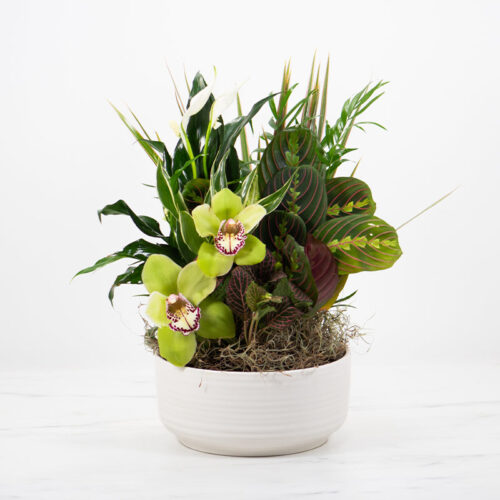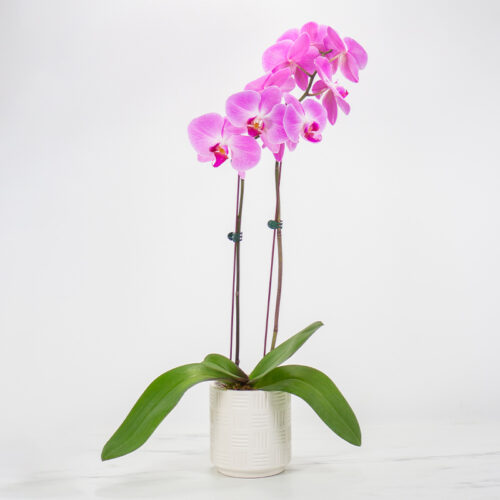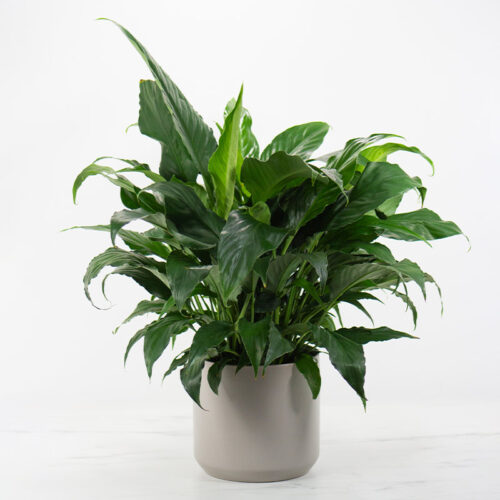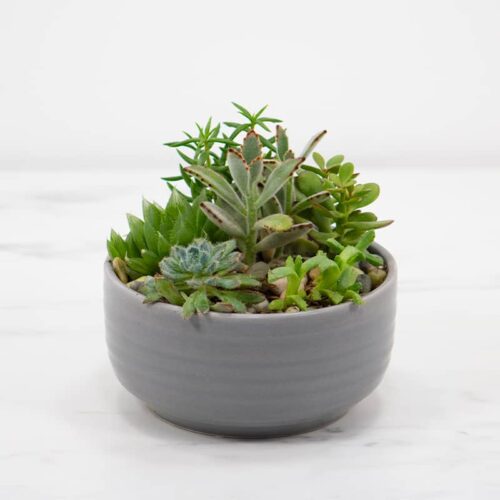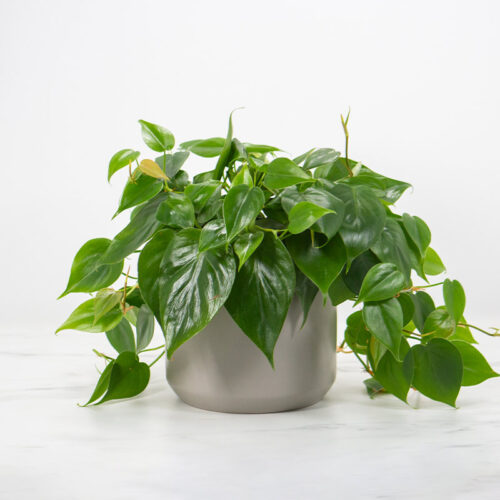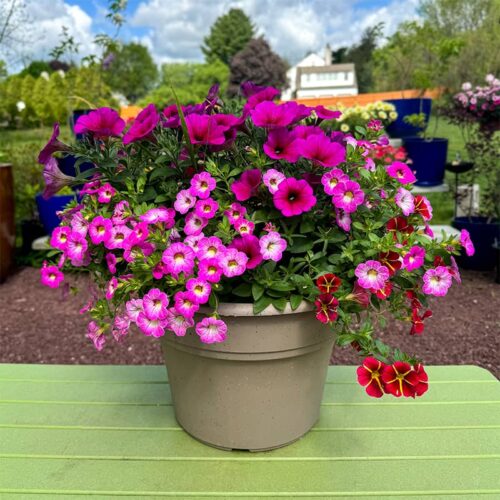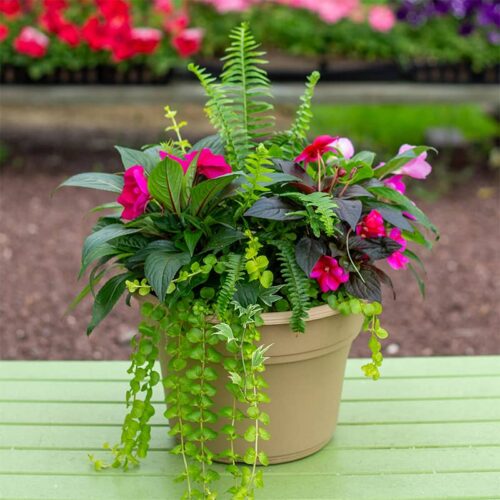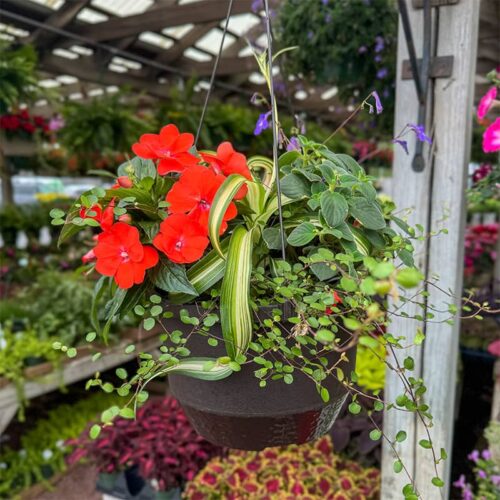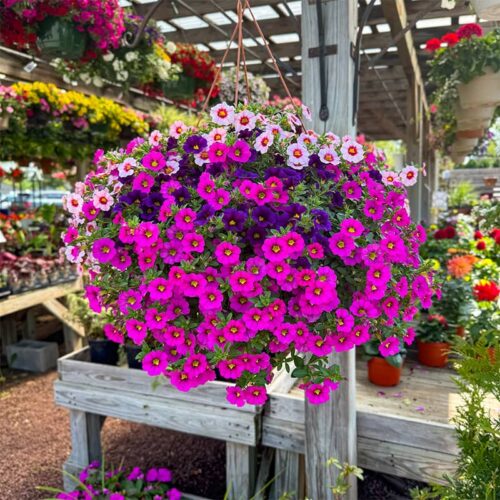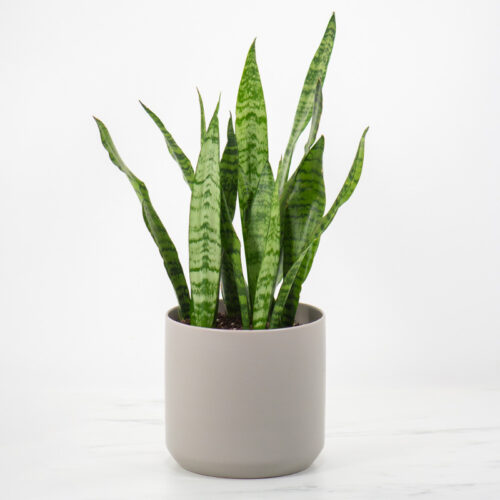The “what, Why, and How” of Fall Perennial Planting
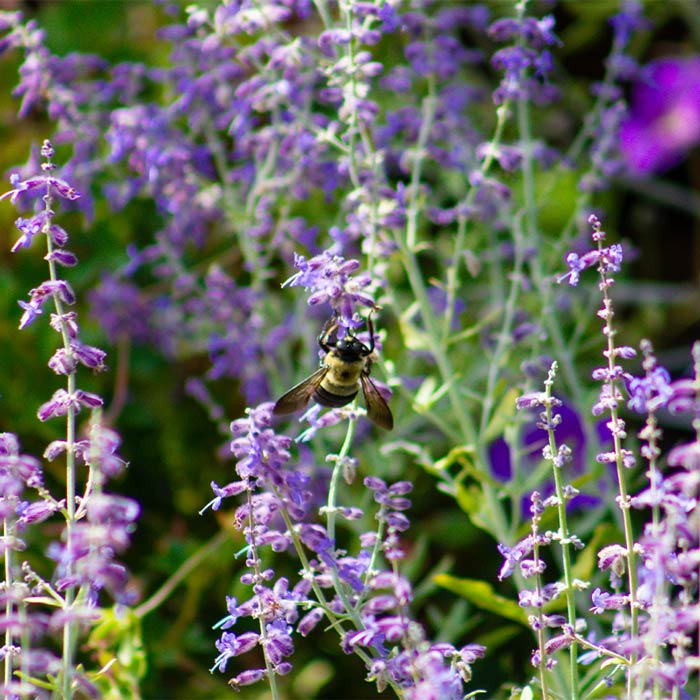
The temperatures are finally just right, your garden is empty and ready to be full of flowering plants, your big shipment of plants is in, and you’re ready to spend a beautiful fall day prepping your perennials for planting.
Wait…fall?
Although spring is often thought of as the ideal planting season, did you know your garden perennials will flourish if you plant them in early fall?
In this edition of the Matlack Blog, we go into the why, what, and how of fall perennial planting.
Why?
Fall is ideal for planting perennials for a number of reasons, mostly relating to weather conditions. During early fall, temperatures tend to be more stable, with less “jumping” and sudden freezes and hot spells than the spring. This means there is less of a chance that a frost will suddenly occur and kill the tops of your freshly planted perennials before they even get the chance to bloom.
Because the soil has been warm all summer, plant roots will be able to grow faster and easier because the soil will remain warm even as the temperatures begin to cool. And in the spring, root growth will begin before the ground is warm enough for ideal planting conditions.
Perennials also thrive when planted in fall because very few things will be blooming at that time. In the spring, weeds, flowering, and other plants take up nutrients that your perennials need to grow. This makes the growing process a lot slower than in the fall, where the lack of other plants will ensure that more nutrients will make it to your fresh plants.
What?
Spring and summer-blooming perennials, as well as many varieties of shrubs, are ideal to plant in early to mid-fall. These include plants such as:
- Sedum
- Salvia
- Lavender
- Astilbe
- Dianthus
- Peonies
- Rhododendrons
- Hydrangeas
For best results, we recommended that you plant perennials that are 1-2 USDA zones cold-hardier than where you live (here in Pennsylvania, we are in USDA Zone 6). Don’t plant anything that is less cold hardy than your zone, or they will not do well once winter arrives.
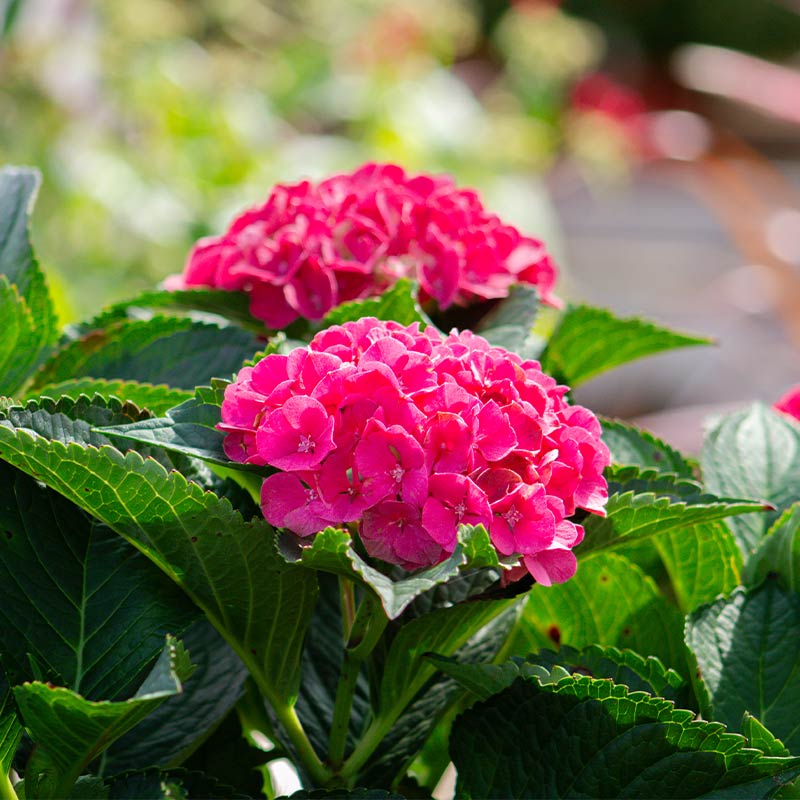
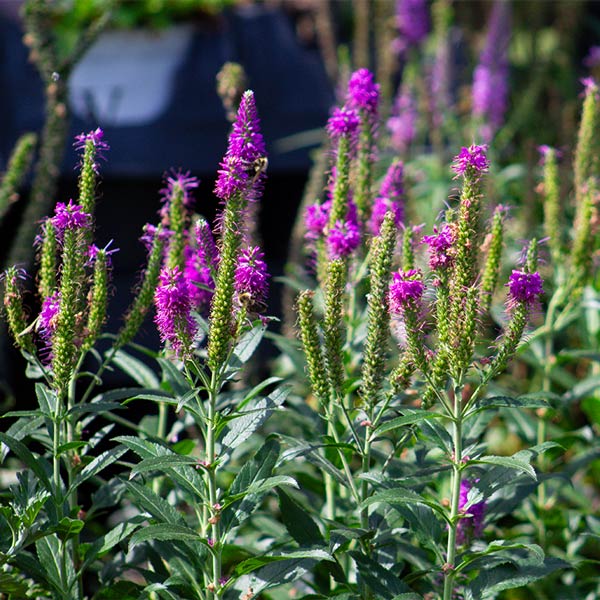
How?
For the most part, you can plant your perennials in fall the same way you would plant them in the spring. However, there are a few different steps you should take to make sure your plants are prepared for the winter ahead.
The best time to plant perennials in the fall is at least 6 weeks before the first frost. Because it’s impossible to see into the future to know exactly when that will be, a good baseline to use is Thanksgiving. This will give your plants enough time to establish roots before the ground freezes.
You should also add a layer of mulch to help encourage root growth. Don’t fertilize your plants! Fertilizing encourages top growth, which will die in the first frost. Mulch helps encourage root growth, which stays underground and can survive colder temperatures.
Make sure you water your plants well and regularly between planting and frost to encourage sufficient development before winter!

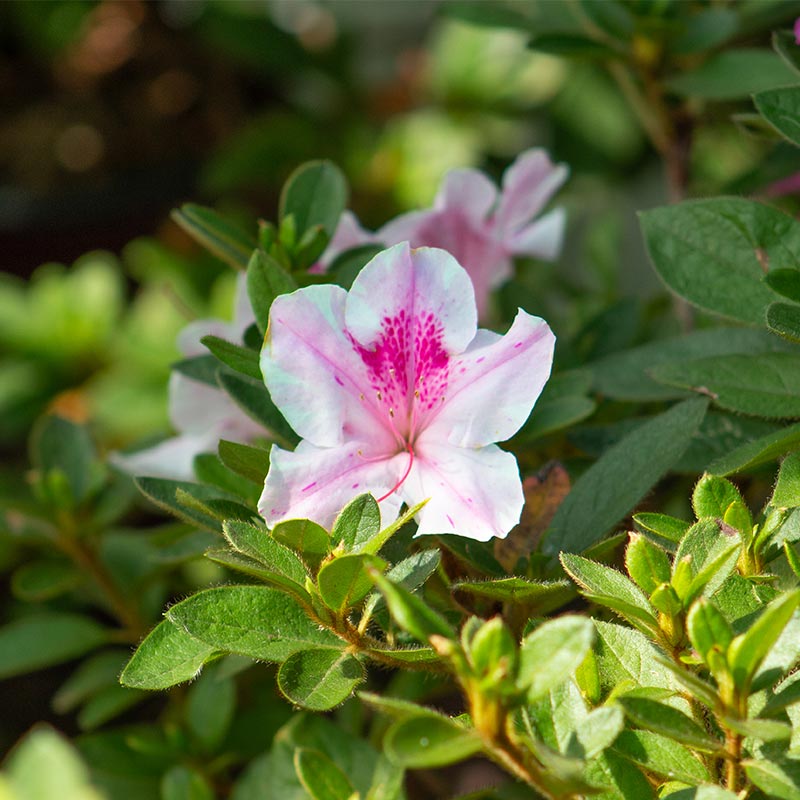
Perennials at Matlack
Now that you’re prepared with all the info you need to start your fall planting, make sure to stop by our garden center to check out our large selection of hardy perennials! Your spring garden will thank you!
Click here to shop the rest of our plants.

